Environmental Sustainability at Historic Sites and Museums
AMERICAN ASSOCIATION FOR STATE AND LOCAL HISTORY
BOOK SERIES
SERIES EDITOR
Russell Lewis, Chicago History Museum
EDITORIAL ADVISORY BOARD
Eloise Batic, Indiana Historical Society
Jessica Dorman, The Historic New Orleans Collection
W. Eric Emerson, South Carolina Department of Archives and History
Tim Grove, National Air and Space Museum
Garet Livermore, Sagamore Institute of the Adirondacks
Sandra Smith, Heinz History Center
Elizabeth Joan Van Allen, Kentucky Historical Society
Larry Wagenaar, Historical Society of Michigan
STAFF
Bob Beatty, AASLH
Charles Harmon, Rowman & Littlefield Publishers
ABOUT THE SERIES
The American Association for State and Local History Book Series publishes technical and professional information for those who practice and support history, and addresses issues critical to the field of state and local history. To submit a proposal or manuscript to the series, please request proposal guidelines from AASLH headquarters: AASLH Editorial Board, 1717 Church St., Nashville, Tennessee 37203. Telephone: (615) 320-3203. Website: www.aaslh.org .
ABOUT THE ORGANIZATION
The American Association for State and Local History (AASLH) is a national history organization headquartered in Nashville, Tennessee. AASLH provides leadership and support for its members who preserve and interpret state and local history in order to make the past more meaningful to all Americans. AASLH is a membership association representing history organizations and the professionals who work in them. AASLH members are leaders in preserving, researching, and interpreting traces of the American past to connect the people, thoughts, and events of yesterday with the creative memories and abiding concerns of people, communities, and our nation today. In addition to sponsorship of this book series, AASLH publishes History News magazine, a newsletter, technical leaflets and reports, and other materials; confers prizes and awards in recognition of outstanding achievement in the field; and supports a broad education program and other activities designed to help members work more effectively. To join AASLH, go to www.aaslh.org or contact Membership Services, AASLH, 1717 Church St., Nashville, TN 37203.
Environmental Sustainability at Historic Sites and Museums
Sarah Sutton
ROWMAN & LITTLEFIELD
Lanham Boulder New York London
Published by Rowman & Littlefield
A wholly owned subsidiary of The Rowman & Littlefield Publishing Group, Inc.
4501 Forbes Boulevard, Suite 200, Lanham, Maryland 20706
www.rowman.com
Unit A, Whitacre Mews, 26-34 Stannary Street, London SE11 4AB
Copyright 2015 by Rowman & Littlefield Publishers, Inc.
All rights reserved . No part of this book may be reproduced in any form or by any electronic or mechanical means, including information storage and retrieval systems, without written permission from the publisher, except by a reviewer who may quote passages in a review.
British Library Cataloguing in Publication Information Available
Library of Congress Cataloging-in-Publication Data
Sutton, Sarah, 1961 August 16
Environmental sustainability at historic sites and museums / Sarah Sutton.
pages cm. (American Association for State and Local History book series)
Includes index.
ISBN 978-0-7591-2415-8 (cloth : alk. paper) ISBN 978-0-7591-2443-1 (pbk. : alk. paper) ISBN 978-0-7591-2416-5 (electronic) 1. Historic sitesEnvironmental aspects. 2. Historic sitesManagement. 3. MuseumsEnvironmental aspects. 4. MuseumsManagement. 5. Sustainability. I. Title.
CC135.S88 2015
363.6'9dc23 2015000454
 The paper used in this publication meets the minimum requirements of American National Standard for Information SciencesPermanence of Paper for Printed Library Materials, ANSI/NISO Z39.48-1992.
The paper used in this publication meets the minimum requirements of American National Standard for Information SciencesPermanence of Paper for Printed Library Materials, ANSI/NISO Z39.48-1992.
Printed in the United States of America
Dedication
To Bob Beatty for his leadership at the American Association for State and Local History, his generous support of history professionals, and his impeccable timing with encouragement. I am very, very grateful.
And to Elizabeth Wylie for introducing me to my future. I am very, very grateful indeed.
Figures and Photos
Photo 1.1 Hanford Mills Museum.
Photo 2.1 Dumbarton House.
Figure 3.1 Minnesota Historical Society Energy Flow Diagram.
Photo 3.1 HVAC unit tour at the Minnesota Historical Society.
Photo 3.2 Geothermal well installation at Connecticut Landmarks.
Photo 3.3 North Dakota Heritage Center.
Figure 4.1 IPIs Guide to Preservation Practices for managing storage environments.
Map 4.1 Minnesota Historical Society Carbon Map.
Photo 5.1 Andalusia.
Photo 5.2 Composting Image from Strawbery.
Figure 6.1 Timeline for power and equipment at Hanford Mills in New York State.
Photo 6.1 Wyck Historic House, Garden, and Farm Farmers Market.
Photo 6.2 The Desk of Henry David Thoreau.
Figure 7.1 The Green Exhibit Checklist.
Figure 8.1 Accokeek Foundations Strategic Plan.
Photo 9.1 The Workman and Temple Family Homestead Museum.
Acknowledgments
M useum people are incredibly generous. Everyone I came across during this writing project was generous with their personal experience and institutional story. If at any moment I wondered if enough of us were doing this good green work, it was short-lived. Always I would soon hear from someone, or come across someone, who was leading the charge at their institution. They all had great ideas to share. Each time I was reassured that more of us, every day, are working to promote environmental sustainability in the field. I am grateful to all those who spoke with me and shared their stories and information and images. And I am sorry I could not speak with more of you, or fit you all into these pages.
Thank you, in particular, to these folks who provided encouragement and inspiration, and who shared material included in this book: Claudia Berg, Matthew Hill, Mary Alexander, Bob Beatty, Amy Killpatrick Fox, Barry A. Loveland, Elizabeth Merritt, Karen Wade, Robert Barron, Paul Spitzzeri, Mike Leister, Elizabeth Wylie, Shengyin Xu, Carol Haines, David Wood, Margaret Burke, Carl R. Nold, Michael C. Henry, Cinnamon Catlin-Legutko, Julia Clark, Liz Callahan, Reed Cherington, Susan Funk, Robert Hanna, Kim VanWormer, Danielle Henrici, Gwendolyn Miner, Sheryl Hack, John Forti, Bridgitte Rodguez, John Mayer, Jeremy Linden, David Rhees, Dan Snydacker, Kari Jensen, Andrea Jones, Leighton Deer, Adam Luckhardt, Rebecca Celis, and Amy Bradford Whittey.
And thank you to Denise Mix, who helped me with the final manuscript and materials when the hour was getting late.
The personal and professional stories I continue to hear during my research and my work demonstrate creativity, commitment, professionalism, and hope. You folks are marvelous resources for the field and are critical for moving us forward. Thank you, all, for the work you are doing, and will do, for the field, your communities, and the planet.
I ntroduction
A discussion overheard at the 1700s Log Farm at Landis Valley Village & Farm Museum, Lancaster, Pennsylvania:
V isitor #1: I wouldnt want to have lived back then: no air-conditioning.
V isitor #2: They didnt need it: there wasnt all this asphalt to heat things up.
T hats a pretty stunning conversation, isnt it? The discussion bridges nearly four centuries, compares and contrasts preindustrial and postindustrial cultures, and creates a personal connection for both visitors. Its an interpretive trifecta! Its too bad there isnt an environmentally literate interpreter nearby to help refine their assumptions.


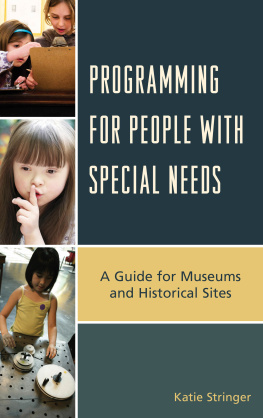
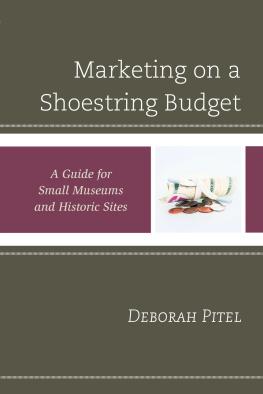
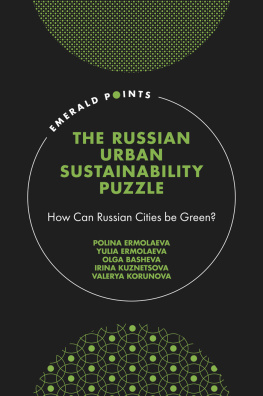
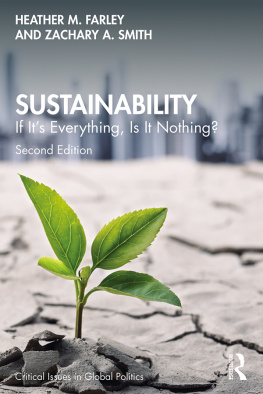

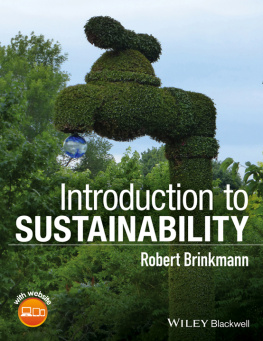
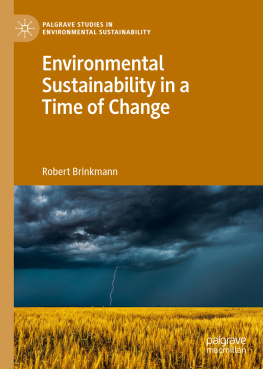


 The paper used in this publication meets the minimum requirements of American National Standard for Information SciencesPermanence of Paper for Printed Library Materials, ANSI/NISO Z39.48-1992.
The paper used in this publication meets the minimum requirements of American National Standard for Information SciencesPermanence of Paper for Printed Library Materials, ANSI/NISO Z39.48-1992.